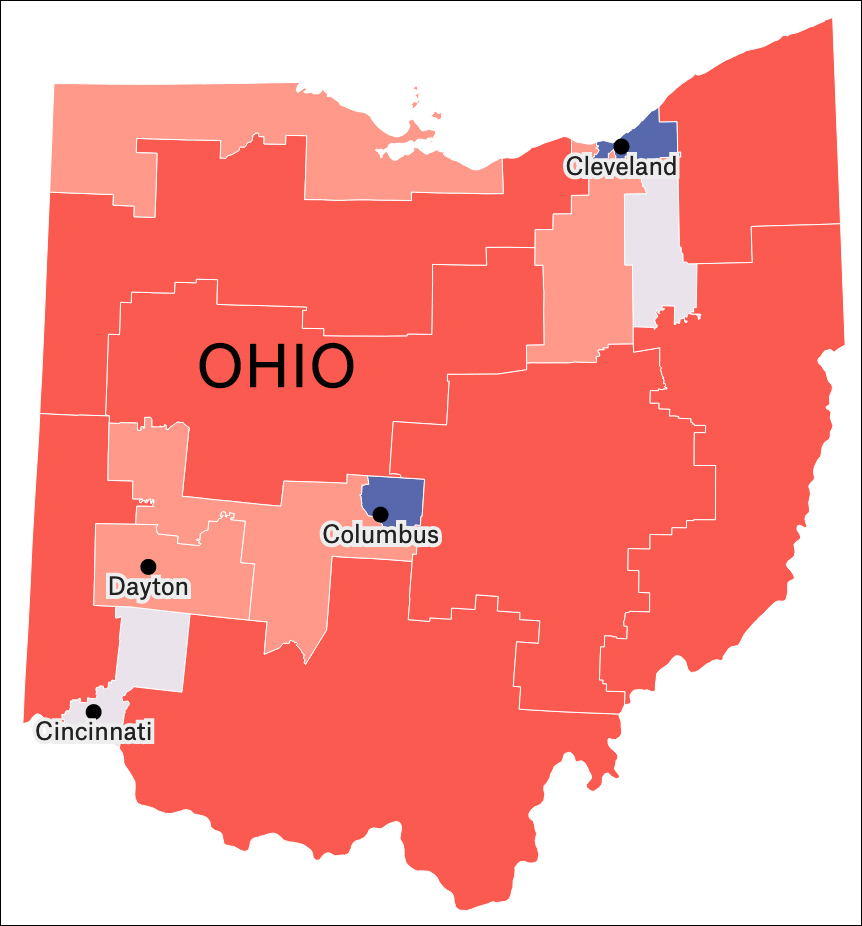By Jim Ellis — Friday, Oct. 21, 2022
Senate

Former newscaster Kari Lake (R) now running as the open gubernatorial race leader over Arizona Secretary of State Katie Hobbs (D).
Additionally, Trafalgar finds former newscaster Kari Lake (R) now running as the open gubernatorial race leader over Secretary of State Katie Hobbs (D). In this poll, Lake carries a 49-46 percent edge, again consistent with recent trends that other pollsters also detect.
House
OH-1: Rep. Chabot Drops Behind — Despite state legislative Republicans drawing the congressional map, veteran GOP Rep. Steve Chabot (R-Cincinnati), due to political changes within the Queen City, saw his new district become more Democratic. The FiveThirtyEight organization rates the new OH-1 as D+3, which is the exact margin a new Impact Research internal poll revealed.
The IR survey, conducted for the Greg Landsman (D) campaign (Oct. 13-16; 504 likely OH-1 general election voters; live interview & text), posts the Cincinnati City councilman to a 49-46 percent lead over Rep. Chabot. While the turnout model may provide a different result than what this poll finds, we can count on a close result coming here in November.
Governor
Illinois: Likely an Outlier — An Osage Research survey (Oct. 13-15; 600 likely Illinois general election voters; live interview) reports a ballot test that posts Gov. J.B. Pritzker (D) to only a 44-42 percent lead over state Sen. Darren Bailey (R-Louisville) with a right and wrong track result trending 35:56 percent in the downward direction. The ballot test is likely an outlier because the previous six polls, taken during the months of September and October, give Gov. Pritzker an average lead of 13 percentage points. This, however, is yet another piece of survey research showing a resurgence around the country for GOP candidates.
Michigan: Exact Polling — It’s rare to see two pollsters in the field at the same time producing a duplicate result. That’s what we have seen in the Michigan governor’s race, however. Emerson College and the Cygnal research firm surveyed the Wolverine State electorate over the same Oct. 12-14 period, and both found Democratic Gov. Gretchen Whitmer leading Republican nominee Tudor Dixon by a 49-44 percent count. This represents one of the closest results we’ve seen for this race and is more credible since two independent pollsters each detected the identical result.






